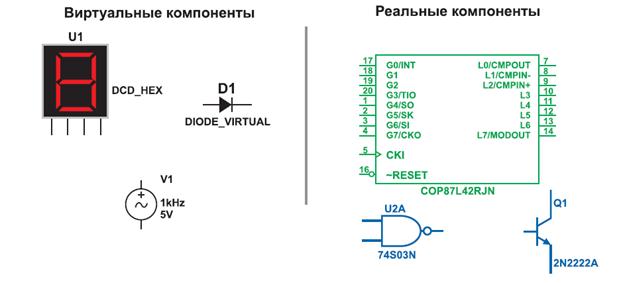The Lawmaking Process
One of the major characteristics of the Congress is the dominant role committees play in its proceedings. Committees have assumed their present-day importance by evolution, not by constitutional design, since the Constitution makes no provision for their establishment. At present the Senate has 18 standing (or permanent) committees; the house of Representatives has 23. Each specializes in specific areas of legislation: foreign affairs, defense, banking, agriculture, commerce, appropriations and other fields. Every bill introduced in either house is referred to a committee for study and recommendation. The committee may approve, revise, kill or ignore any measure referred to it. It is nearly impossible for a bill to reach the House or Senate floor without first winning committee approval. In the House a petition to a bill from a committee requires the signatures of 218 members; in the Senate a majority of all members is required. In practice such discharge motions only rarely receive the required support. The majority party in each house controls the committee process. Committee chairmen are selected by a caucus of party members or specially designated groups of members. Minority parties are proportionally represented on the committees according to their strength in each house. Bills are introduced by a variety of methods. Some are drawn up by standing committees; some by special committees created to deal with specific legislative issues; and some may be suggested by the President or other executive officers. Citizens and organizations outside the Congress may suggest legislation to members and individual members themselves may initiate bills. After introduction, bills are sent to designated committees which, in most cases, schedule a series of public hearings, to permit presentation of views by persons in favor of or opposed to the legislation. The hearing process, which can last several weeks or months, opens the legislative process to public participation. When a committee has acted favorably on a bill. the proposed legislation is then sent to the Hunt for open debate. In the Senate, the rules permit virtually unlimited debate. In the House, because of the large number of members, the Rules Committee usually sets limits. When debate is ended, members vote either to approve the bill, defeat it, table it-which is setting it aside and tantamount to defeat - or return it to committee. A bill passed by one house is sent to the other for action. If the bill is amended by the second house, a conference committee composed of members of both houses attempts to reconcile the differences. Once passed by both houses, the bill is sent to the President, for constitutionally the President must act on a bill for it to become law. The President has the option of signing the bill - in which case it is law - or vetoing it. A bill vetoed by the President must be reproved by a two-thirds vote of both houses in order to become law. The President may also refuse either to sign or veto a bill. In that case, the bill becomes law without his signature 10 days after it reaches him (not counting Sundays). The single exception to this rule is when Congress adjourns after sending a bill to the President and before the 10-days period has expired; his refusal to take any action then negates the bill a process known as the " pocket veto".
|




